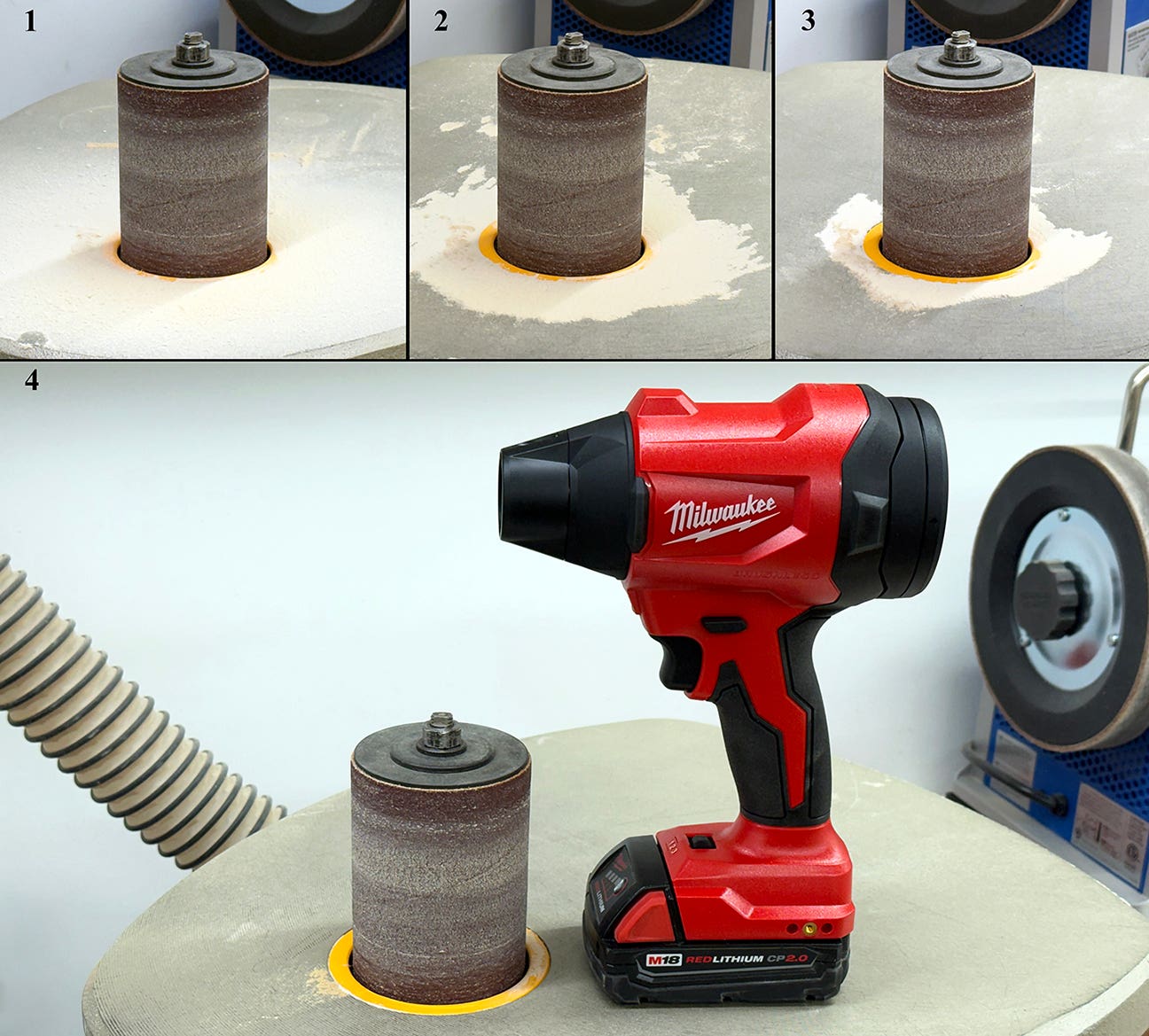Fix it, or fudge it?
Tools should be kept in top shape, but when a permanent fix or adjustment is overly time-consuming, a quick workaround can be tempting. Keeping workshop tools tuned up is a…
Tools should be kept in top shape, but when a permanent fix or adjustment is overly time-consuming, a quick workaround can be tempting.
Keeping workshop tools tuned up is a constant chore. To get the best results from your skills, blades must be sharp, gears must mesh, and balance and alignment need to be spot-on.
Replacing or sharpening dull blades is proper maintenance that takes just a few moments, but other things are onerous chores that take forever. To align the blade properly on table saws with table-mounted trunnions, for example, some manuals suggest upending the entire machine, loosening and tweaking the trunnions, turning the machine upright again and then making a test cut. Didn’t get it right? Then just repeat. This can take a long, long time to get right even if you skip the manual-recommended step of flipping a table saw upside down.
The above is just one example, but there are numerous other maintenance procedures just as complicated and time-consuming. There’s no replacement for doing things correctly and I wouldn’t suggest otherwise, but what if a job depends on you making some rip cuts right now and you don’t have time to do a proper realignment. Well, you just tweak the rip fence instead so it’s misaligned to match the blade. Bingo-bango, this 30-second workaround allows you to get those rip cuts you need immediately, postponing the real maintenance till later.
Anything wrong with this? In the long term, absolutely. Tools should be aligned (or sharpened, or balanced, or tuned, or adjusted) properly and permanently. Doing things halfway can be dangerous, introduces additional error, and is simply a lazy way out. But what about the short term?
But if a quick workaround doesn’t increase danger, and as long as you perform the correct and proper adjustment later, I see nothing at all wrong with using a bit of ingenuity to get the immediate job done. Part of being a good woodworker is using our heads to fix problems, and if a clever alternative fix helps get the job done in a safe and timely manner (stressing those two words), I don’t hesitate.
Not only does the immediate task get done, but there’s a side benefit: Saving the proper maintenance procedure for when you have more time to do it helps ensure that you’d do that job correctly as well.
A.J.
A.J. Hamler is the former editor of Woodshop News and Woodcraft Magazine. He's currently a freelance woodworking writer/editor, which is another way of stating self-employed. When he's not writing or in the shop, he enjoys science fiction, gourmet cooking and Civil War reenacting, but not at the same time.







